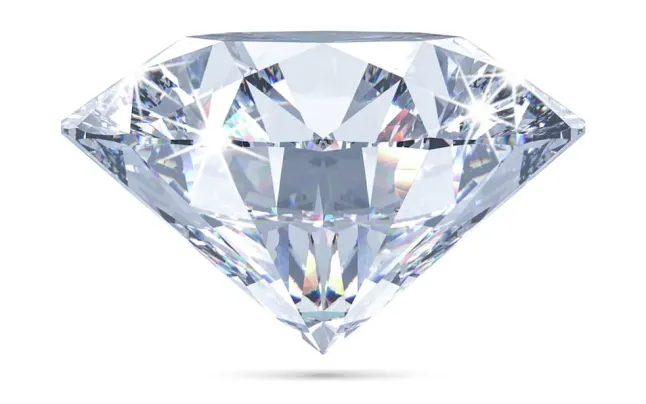- Diamond cut is the biggest factor in sparkle and brilliance.
- Round brilliant cut is the most sparkly of all shapes.
- Cut grades range from Poor to Excellent, with symmetry and polish affecting performance.
- Fancy shapes like oval, cushion, and princess offer unique sparkle patterns.
- Always prioritize cut quality over size for maximum shine.
There are so many diamond cuts to choose from, all of which have their strong suits. Each cut has its perks, but which cut should you choose when its brilliance is top priority? In other words, which one wins first place in the sparkly department?
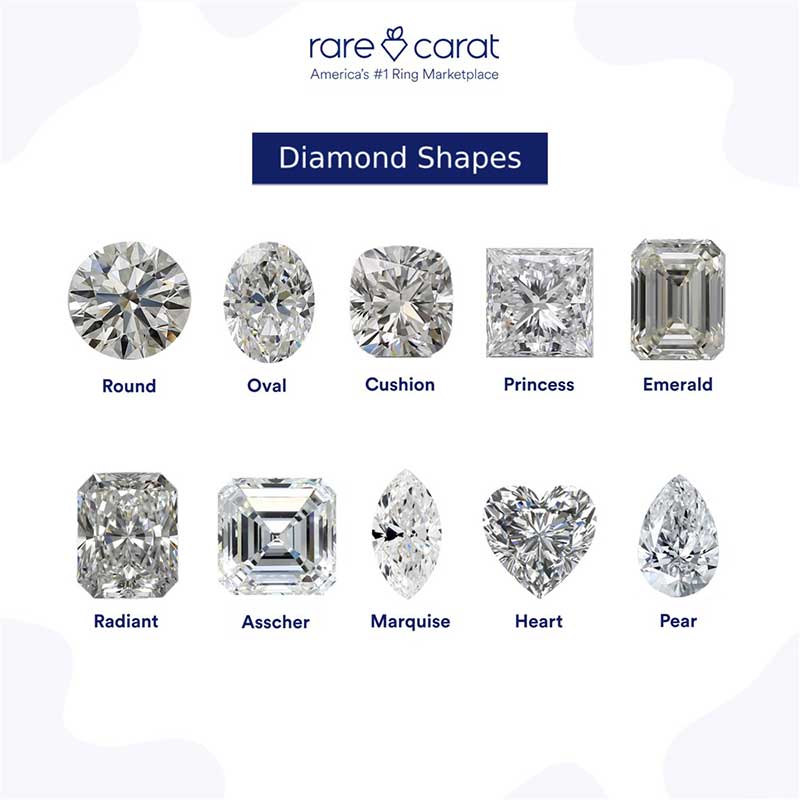
What Makes a Diamond Sparkle?
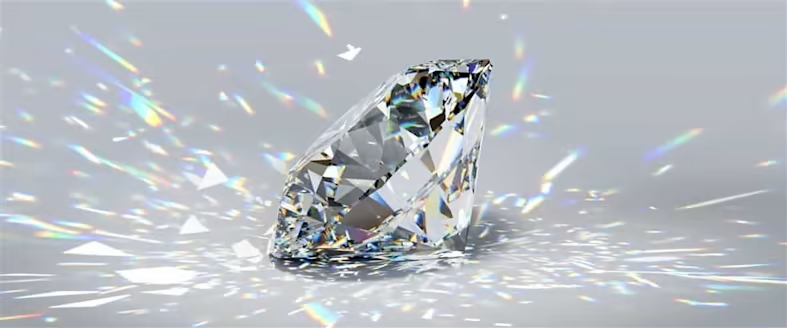
As crazy as it sounds, there’s a science to sparkle. The technical term is scintillation, and it refers to the light displayed when the diamond, viewer, or light source moves. The secret of the gem’s quality of sparkle is held in its facets. The flat sides, or facets, on a diamond, are strategically placed to optimize the brilliance of the stone. An ideally cut stone will use light to reflect around the inside of the stone and then reflect it back to your eye. Think of a bunch of mirrors reflecting light around a room and then back to you, the same idea. By light passing through the gem, the stone acts as a prism and divides the light into spectral hues. This is what creates flashes of color. This is why the quality of the cut is just as important as the cut itself. Going with our example from before, if the mirrors are misaligned, most of the light will end up escaping, and you won’t get much, if any, light returned to you. This means you could have the best shape for a normally sparkly diamond, but if the cutter did a bad job orienting the facets, it would make the stone seem dull.
Which Diamond Cut Sparkles the Most?
The brightest of the bunch when it comes to diamond cuts probably won’t be very surprising to most. The round brilliant. This classic cut is the shape of choice for diamond cutters, making up 95% of all faceted diamonds. This cut has 57 or 58 facets that help it masterfully redirect light to become a mini disco ball. Each facet is strategically placed for the brightest output of light.
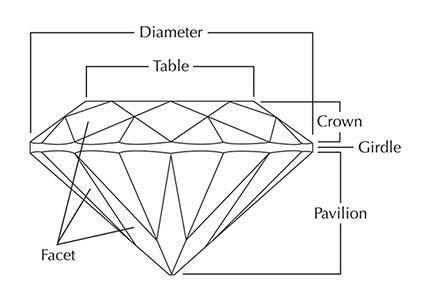
Compare brilliance across shapes in Rare Carat’s engagement rings and see how cut impacts light return.
History of the Round Brilliant Cut
These iconic cuts were first seen in the 1700s. Although they were still evolving into the modern round brilliants, these antiques were reminiscent of the round brilliants we adore today. From then to now, diamond cutters have played around with proportions, the number of facets, and shapes to settle on the celebrated end result we are familiar with today. Rounds really became popular in the 20th century when diamond-cutting tools were developed to help with more precise results.

Sparkly Alternatives
Some people love the effect of a round brilliant but want their diamond to stand out against the rest. To these trendsetters, I would guide them to princess and oval shaped diamonds. Both of these shapes are very close in bling to the round brilliant. The oval in particular is very close in design to the round brilliant, except that it is elongated. This elongated shape looks flattering on the finger and makes the diamond appear to be a higher carat weight than it is. The princess cut is basically the opposite when it comes to the shape of the round brilliant. The princess cut is very geometric and features sharp corners, which suits someone who likes to be bold.
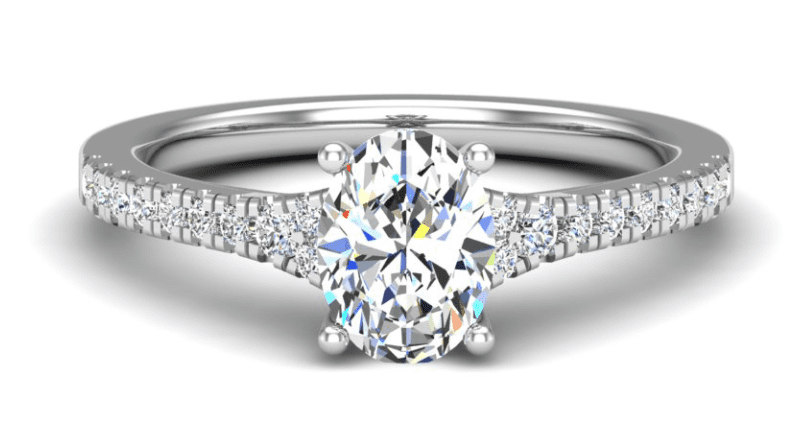

Now that you know what to look for, it’s time to start the search! Explore our page to check out our extensive collection of diamonds. Each diamond listing is rated to help you understand the quality. Also, if you have any questions while browsing the inventory, you can ask our professional gemologists for their opinion on your diamond!
